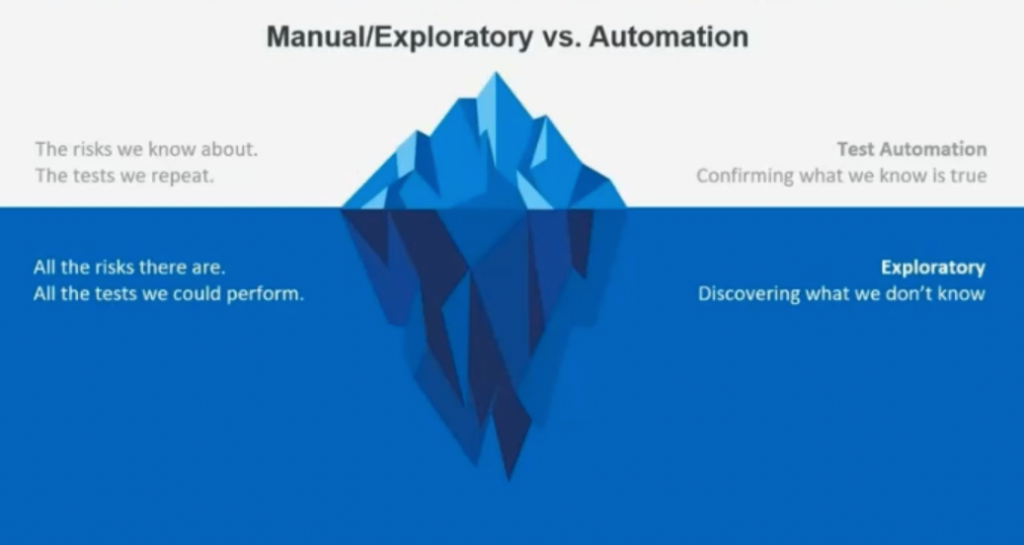✅ Prioritizing between manual testing and automated testing depends on various factors, including project goals, constraints, and the nature of the software being developed. Here’s a recommended approach for prioritizing manual testing vs. automated testing:
🌐 Understand the Project Context:
Start by understanding the specific context of your project. Consider factors such as project size, complexity, budget, and timeline.
🛑 Identify Critical Test Scenarios:
Identify the critical test scenarios that have the highest impact on the project’s success. These could include core functionalities, critical user journeys, and high-risk areas.
♻️ Consider Regression Testing:
If your project requires frequent regression testing, consider automating regression test suites to ensure rapid and consistent feedback with each code change.
🕐 Budget and Time Constraints:
Consider budget and time constraints. Automated testing typically requires an initial investment in test automation frameworks and scripts, which may not be feasible for short-term projects.
⚖️ Balanced Approach:
Strive for a balanced approach that combines both manual and automated testing. Use manual testing for exploratory testing, usability testing, and scenarios that are hard to automate.
🎯 Feedback Loop:
Establish a feedback loop between manual and automated testing teams to share insights and improve test coverage.
🦾 In most cases, a hybrid approach that combines manual and automated testing is the most effective. Begin with manual testing for initial exploratory testing and critical scenarios. As the project matures and stability increases, gradually introduce automation for repetitive, regression, and high-impact test cases. This way, you can achieve a balance that maximizes test coverage, reduces human errors, and optimizes testing resources.

